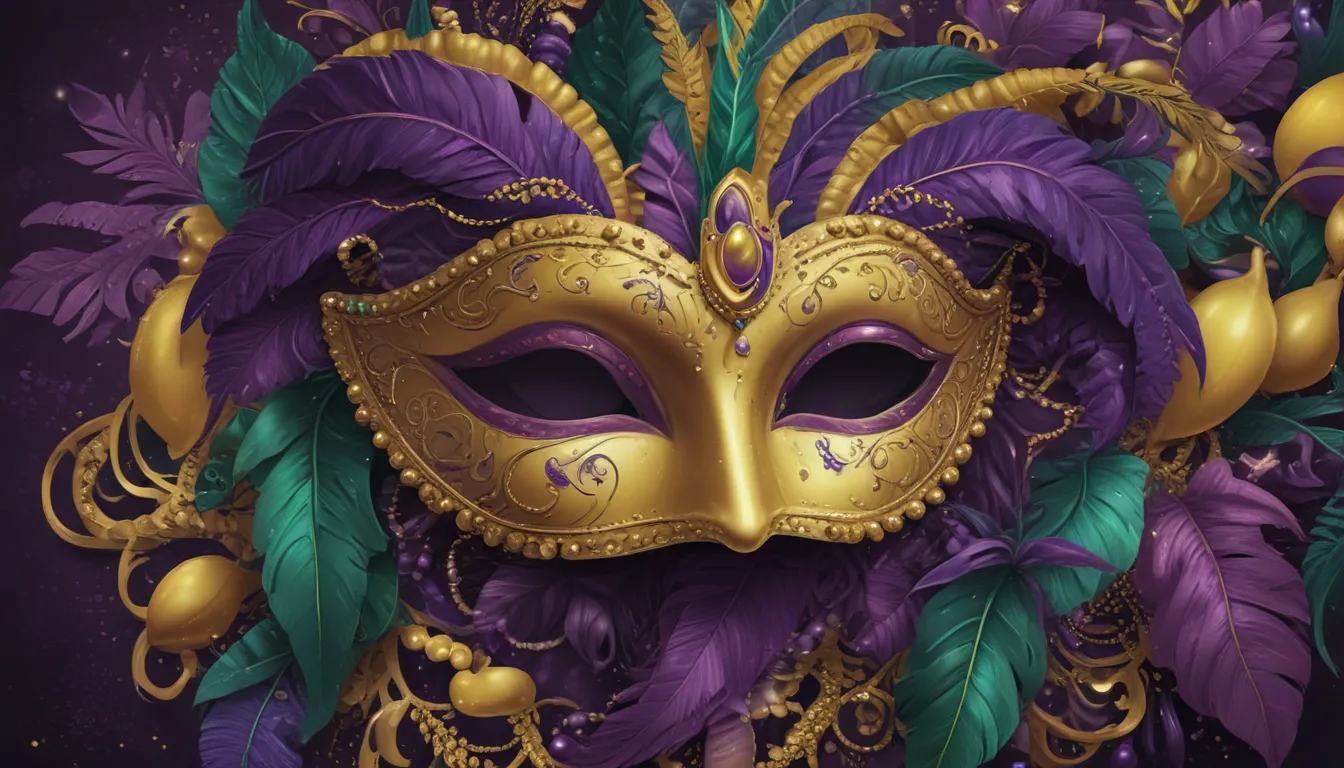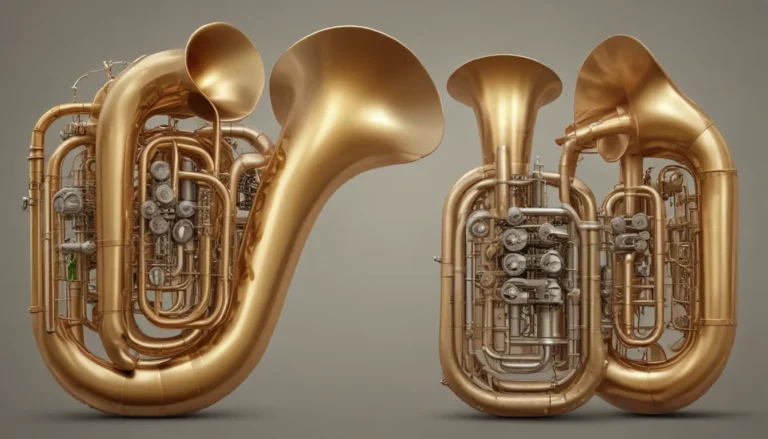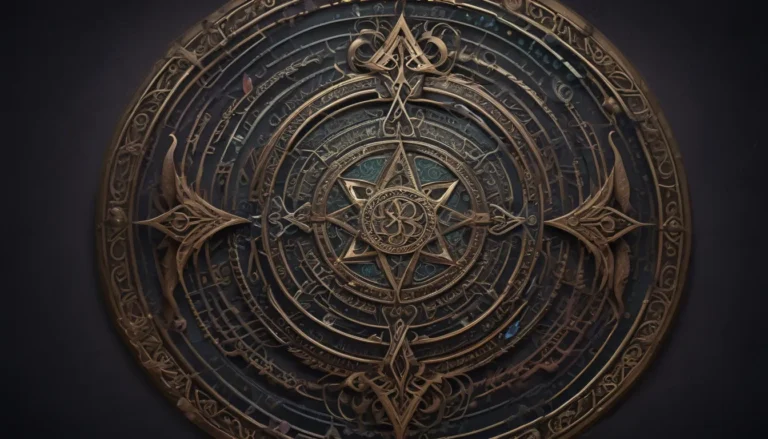The images in our articles may not match the content exactly. They are used to grab your attention, not to show the exact details in the text. The images complement the text but do not replace it.
Are you ready to immerse yourself in the vibrant and colorful world of Mardi Gras? This traditional celebration, rooted in history and filled with exciting customs, is a spectacle unlike any other. From its pagan origins to the modern-day revelry, Mardi Gras is a time of joy, indulgence, and community spirit. Let’s dive into the fascinating facts and traditions that make Mardi Gras a one-of-a-kind experience.
Unraveling Mardi Gras Origins
Have you ever wondered where the spirited celebration of Mardi Gras originated? Mardi Gras facts reveal that this festive occasion may have its roots in ancient pagan spring festivals dating back thousands of years. The Romans celebrated Saturnalia and Lupercalia with feasting, masquerades, and various competitions, laying the foundation for the modern Mardi Gras traditions we enjoy today.
The Papal Blessing: Making Mardi Gras a Holiday
In 1582, Pope Gregory XIII officially recognized Mardi Gras as a holiday, cementing its place on the Gregorian calendar as the day before Ash Wednesday. This religious festivity reached North America in the late 17th century when the LeMoyne brothers introduced the celebration to Louisiana while defending France’s territorial claims.
Mobile’s Mardi Gras Legacy
While New Orleans may be synonymous with Mardi Gras today, it was actually Mobile, Alabama that hosted the first recorded Mardi Gras festival in the United States back in 1703. As a French Catholic tradition, Mobile’s celebrations have a rich history that predates New Orleans’ festivities by 15 years.
Sweet Treats and King Cakes
No Mardi Gras celebration is complete without indulging in the delectable king cakes. Originating from France in the 12th century, these hand-braided delights are topped with cinnamon, sugar, and vibrant icing in the traditional Mardi Gras colors of purple, green, and gold. With a hidden plastic baby inside, finding this tiny trinket in your slice means you’re responsible for baking the next king cake.
Masks: A Must-Have Mardi Gras Accessory
Did you know that wearing masks during Mardi Gras parades is not just a whimsical tradition but a legal requirement? The masked revelers symbolize a temporary release from societal norms, allowing individuals from all backgrounds to mingle freely and enjoy the festivities.
Symbolism in Colors
Purple, green, and gold are not just random hues splashed across Mardi Gras decorations. Each color holds symbolic significance: green signifies faith, purple represents justice, and gold embodies power. These vibrant colors adorn everything from beads to costumes, creating a visual feast for the eyes.
Easter’s Influence on Mardi Gras Dates
Ever wondered why Mardi Gras falls on different dates each year? The answer lies in its connection to Easter, which also varies annually. Mardi Gras typically occurs 47 days before Easter, translating to a range of dates from February 3 to March 9. Such variability ensures that the festival remains dynamic and ever-changing.
Royal Revelry: Changing Mardi Gras Royalty
Mardi Gras royalty undergoes a transformation every year, with a new Rex or King of the Carnival chosen to reign over the festivities. From Russian Grand Dukes to local luminaries, each monarch receives the symbolic key to the city and plays a central role in the celebratory parades.
Global Revelations: Mardi Gras Around the World
While Mardi Gras has deep Catholic roots, its celebrations extend far beyond religious boundaries. Countries like Australia, Belgium, Brazil, and Italy embrace the festive spirit of Mardi Gras with their own unique customs and traditions, showcasing the universal appeal of this joyous occasion.
Krewes: The Heart of Mardi Gras Organization
Behind every Mardi Gras parade and ball lies a Krewe, an organization responsible for orchestrating the carnival season’s grand events. From selecting carnival royalty to planning elaborate floats, Krewes play a vital role in bringing the magic of Mardi Gras to life.
Resilience in the Face of Adversity: Mardi Gras and Hurricane Katrina
Despite the devastation wrought by Hurricane Katrina in 2005, New Orleans refused to let the storm extinguish the flames of Mardi Gras. The city’s resilience shone through as it rallied to continue the celebrations, proving that Mardi Gras is more than just a festival—it’s a testament to the community’s strength and spirit.
Carnival Chronicles: Beyond Mardi Gras
Kickstarting on King’s Day in early January, the carnival season builds up to the crescendo of Mardi Gras on Fat Tuesday. With a diverse array of parades, balls, and festivities, the entire carnival experience offers a kaleidoscope of colors, music, and revelry.
Beyond Beads: Unexpected Parade Prizes
While beads may be the quintessential Mardi Gras throw, parades also feature a medley of unique items tossed to enthusiastic onlookers. From plastic cups and Moon Pies to doubloons and coconuts, these quirky treasures add an element of surprise and delight to the parade experience.
Economic Impact: Mardi Gras as a Business
With millions of tourists flocking to New Orleans for Mardi Gras, the festival has become a significant economic driver for the city. Generating hundreds of millions of dollars in revenue, Mardi Gras supports local businesses, artisans, and communities, showcasing the enduring appeal and financial benefits of the celebration.
Historical Hiccups: Mardi Gras Cancellations
Throughout history, Mardi Gras has faced cancellations due to various challenges, including wars and public health crises. From the Civil War to yellow fever outbreaks, these disruptions have not dampened the spirit of Mardi Gras, underscoring its resilience and enduring popularity.
Schedule Shifts: Super Gras and Parade Prowess
In 2013, New Orleans juggled both Mardi Gras and the Super Bowl, leading to an extended parade season to manage the crowds effectively. Over the years, changes in parade routes and schedules have been implemented to ensure the safety and enjoyment of festival attendees.
Conclusion
As we unravel the enchanting tapestry of Mardi Gras traditions and facts, one thing becomes abundantly clear: this festive celebration is a kaleidoscope of history, culture, and community spirit. From its ancient pagan roots to the modern-day revelry, Mardi Gras continues to captivate and enchant revelers around the world. So, don your mask, grab some beads, and immerse yourself in the magical world of Mardi Gras—it’s a celebration like no other!






